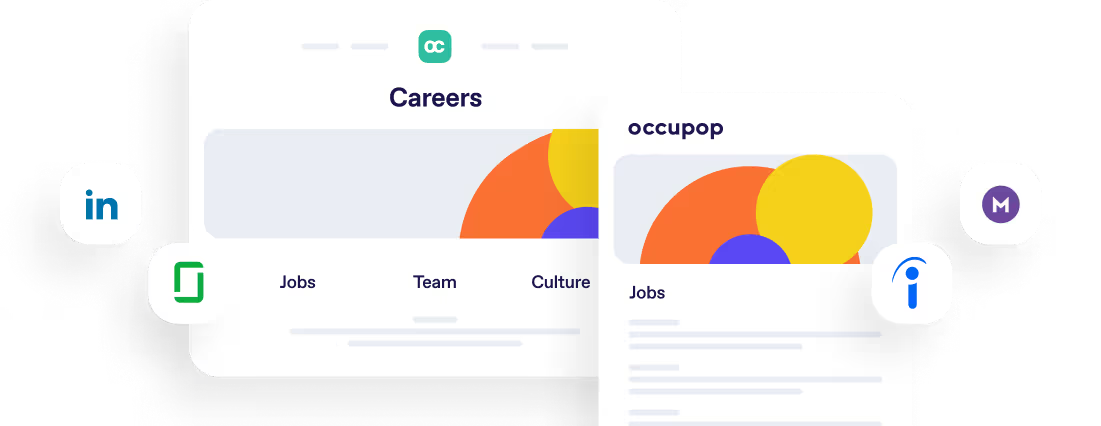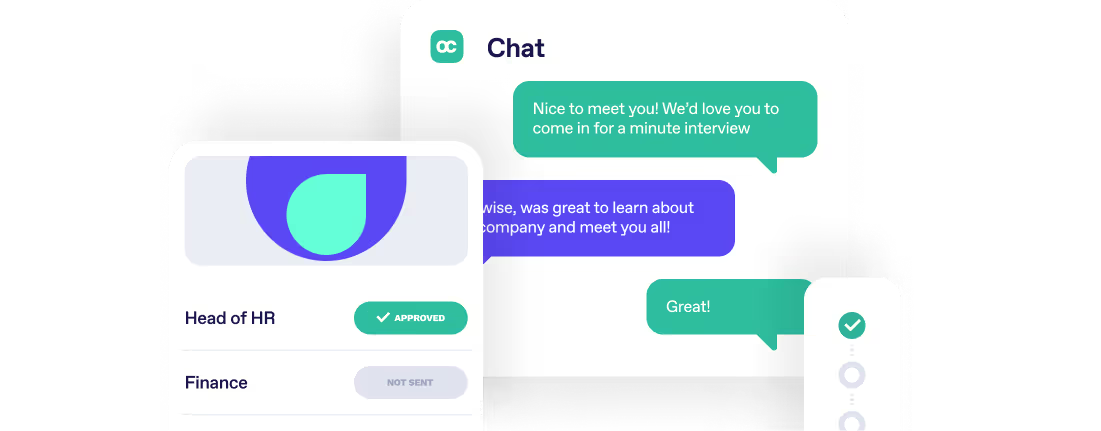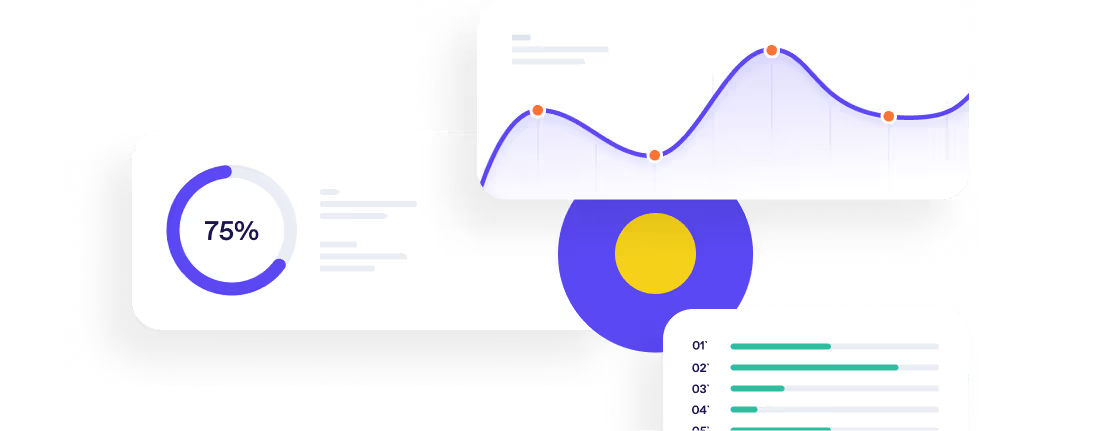Talent Pools 101: Everything you need to know



Fortunately, there are a few ways to make this easier. Of worthy mention is the creation and building of a talent pool.
A talent pool is a collection of potential employee profiles that could potentially save you not just money but valuable time, while ensuring you get the best people out there to join your team.
Nowadays, in just about any field or market, competition abounds. To find and maintain a solid footing in your niche, you need an edge, the type that can only be gotten by being proactive.
What better way to be proactive than by anticipating your company's need for people and staying ahead of this?
Talent Pool – The Basics
A talent pool is a database of potential employees you could have on your team. It's an avenue to cultivate and tend to a relationship with the right people. A relationship that can be harvested when you eventually need it.
This pool comprises of shortlisted candidates who you’re not able to hire just yet but whose talent you could use in the future.
There are various sources for this including –
—Candidates sourced by your recruiting team.
—Candidates you can't take on because their services are not required at the moment.
—Potential links from career events.
—A waiting list of people you'd like to re-engage.
Why You Should Build a Talent Pool
All successful businesses have contingency plans. Anything can happen at any point creating an urgent need for someone to fill a position.
Why settle for less when you could potentially have the best, right at your fingertips?
Here's the thing, 42% of job applicants don't meet skill requirements. Still, there's a constant need for talented individuals. Sadly, the number of such individuals available for hire keeps dwindling by the day.
In 2019, a whopping 69% of companies in the US had issues filling vacated positions. This implies a shift in the old paradigm where it would be potential employees competing for a position.
Now, it's the other way around. On that note, your recruiting strategy must change to reflect this.
Instead of sitting back and hoping for the best, a better plan would be directing your efforts toward sourcing the best talent irrespective of any current vacancies in your company.
To do that, you must be strategic and also know where to search for this talent. You should also work on engaging productively with future hires so you can get them in your talent pool.
A talent pool significantly reduces the chances of unproductive recruiting efforts for your company while increasing employee retention rates.
Also, it cuts down on the cost of hiring, as well as how much time you’d have invested into the entire recruitment process.

Building the Perfect Talent Pool
Establish Your Criteria
A talent pool is not just a list of available candidates. Your criteria will depend on your future hiring needs and what you’re looking out for.
You need to establish clear-cut criteria for adding a candidate to your talent pool. The majority of companies segments their talent pool by the candidate’s career interest.
A more advanced method of segmentation will be by the different stages of the candidate’s journey.
A smart way to do this is to critically examine your business growth plans. Afterward, come up with a befitting hiring strategy that will inform your hiring decision.
That is, both on what exactly you'll be needing them for and the likely time you will need to hire. This will help you determine what department or team may need the extra hands.
Go ahead and work closely with that team to determine the exact skill sets required. This information will help you greatly in sourcing for specific people that fit the bill.
For instance, you could segment them into groups of those who are ready to be hired, not ready to be hired, just looking around, etc.
Combining this with your projected candidate requirements will be a great help. If you know exactly who to target, you can then come up with a good plan and the right content to get them.
Essentially, we're saying you should figure out the specific skill set you may want to recruit and build your talent pool around it.
Start Sourcing for Candidates
This is a very important part of the process. It will require quite a bit of effort on your part, from researching, identifying, and networking for the right candidates.
Sometimes, these candidates may not even be strictly ‘available’. They may be people who are already employed elsewhere but are open to joining your team.
Unlike recruitment where you convert applicants into employees, with sourcing, you’re converting non-applicants into applicants and prospective employees.
The first step is to come up with a plan where you direct your efforts towards places where you’re likely to find a high number of worthy candidates.
Once that is done and you’ve identified these candidates, you can reach out to them and cultivate the appropriate relationship.
The following are a few ways you can source talent for your pool–
Sourcing Tools
There are software applications that help you find possible fits for your team by searching through databases of candidates that match your description.
It’s a creative approach to making your recruiting task easier and faster. Generally, these tools help you find, build, and curate potential candidates.
Most times, these candidates are passive and the tool also goes a step further to provide you with some information about them, at least enough to know if they’re worthy of your pool and also reach out to them.
Be sure to keep your collection of EU candidate information in line with GDPR standards.
The Power of Social Media
Social media has gone beyond a platform for sharing personal information to a powerful tool for businesses.
With about 53.6% of the world using social media, it shouldn’t come as a surprise that it is a great source for potential talent.
Take LinkedIn for instance. About 40 million people use this platform to search for jobs every week, making it an excellent source of talent.
INSERT-CTA
Referrals
This is one of the most effective ways to find new employees. It's especially great because the employees you have on the job already know all about the company's culture, so, they’ll likely keep an eye out for people who would fit right in.
Networking
These are fun and productive ways of casually adding prospective candidates to your pool. There's also a lot of these events you could attend.
From niche-specific speaking engagements, networking meet-ups, college lectures, workshops, forums, conferences, to career fairs, you're spoilt for choice on which to attend.
Inbound Recruiting
Here, it's all about branding. Take the time to produce specific content that will boost your employer brand perception for future employees.
It involves creating branded content targeted at potential talent to build up your employer brand recognition.
Refer back to the point on ‘establishing your criteria’. This matters a lot in inbound recruiting because it will be much easier for you to identify the stages the candidates are in your talent pool.
That way, you'll be able to send specific content that speaks to them and get a stronghold on them, resulting in you getting the talent you need despite the tight market.
Landing Pages
Your company's landing page is a great place to source talent. It's usually the first place prospective candidates visit to find out about your company before they even apply for a job.
It’s pertinent that you create a killer landing page on the career sites of your company and encourage people to join your talent pool here.
Remember to call attention to your employer branding as well as the potential benefits they could gain from working with you when creating a landing page for your talent network.

What Happens After You Build Your Talent Pool?
To ensure your talent pool is more than just a list of names you may use in the future, you must manage it efficiently.
Make a community out of it and the benefits for your company will be numerous.
Here’s how you can do this –
Arrange it Appropriately
Depending on the needs of your company and the skills of each employee, create separate groups for the candidates.
Be Honest with the Candidates
Don't give them the impression that you’ll offer them sure jobs by the next week or so. Let them know what to expect and be sure to keep them informed and updated as you go.
Engage Meaningfully With Them
Find creative ways to engage with them. But beyond that, show them what to expect from your company and possibly look forward to working with you.
Build an online community with them where you discuss things relevant to the niche or company.
Keep Track of Relevant Data
Analytics is always necessary to track your progress. Here, you can use this to gain valuable insights into your pool.
Take a Page from CRMs
Customer Relationship Management software is used by most businesses to manage all their interactions with clients. It's especially great because it integrates all the relevant data in one location, making it very easy to access and use.
Do the same for your prospective employees with a small business ATS System. Occupop is a beautifully simple software designed to build and store smart talent pools in a central location for small to medium sized businesses.
From creating candidate profiles to tagging them and building a useful database, you can rest assured of not only creating a perfect talent pool but also managing it seamlessly until you're ready to hire.
INSERT-LINE
INSERT-CTA
Summary Points
A talent pool is a collection of potential employee profiles that could potentially save you not just money but valuable time, while ensuring you get the best people out thereto join your team. Here's our top tips to build and maintain a talent pool:
How to build the a Talent Pool
1 Establish Your Criteria
2 Begin Sourcing for Candidates
3 Utilise these Sourcing Tools
4 Embrace The Power of Social Media
5 Integrate Referrals
6 Networking
7 Focus on Inbound Recruiting
8 Build Landing Pages
Simple. Beautiful.
Recruitment Software.
HR updates sent straight to your inbox
You might also like...


Manage your entire hiring process simply, from engagement to management, hiring and onboarding







Simple. Beautiful.
Recruitment Software.
Recruitment Software.






